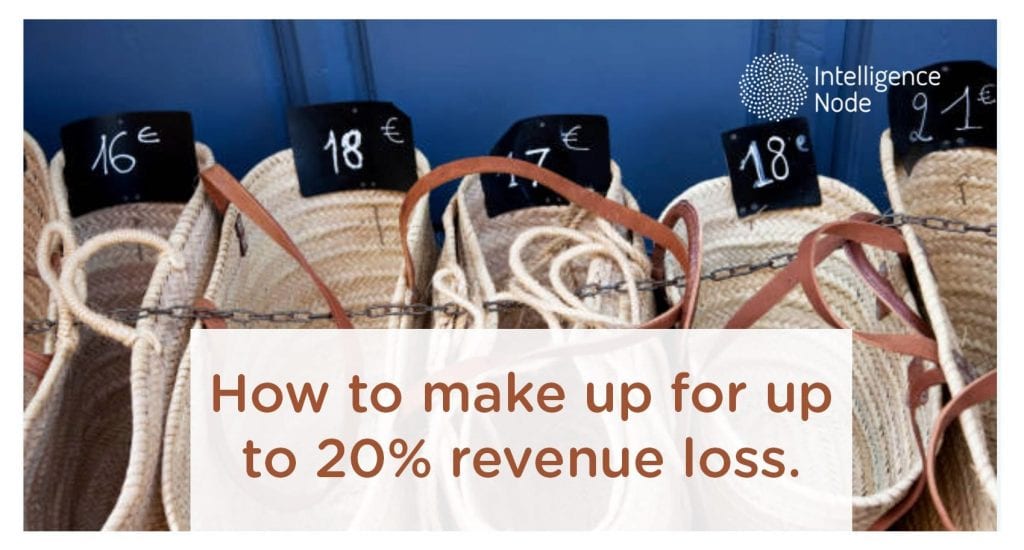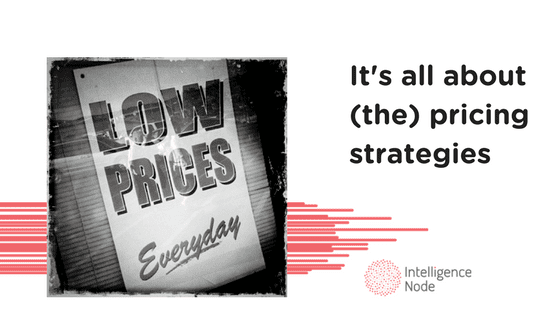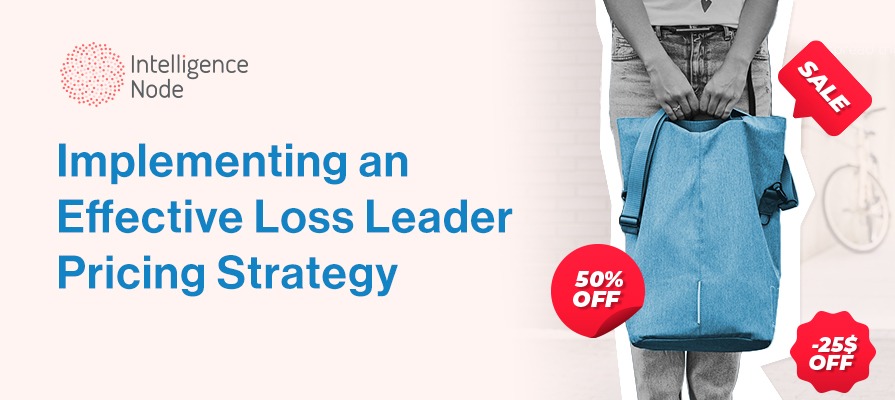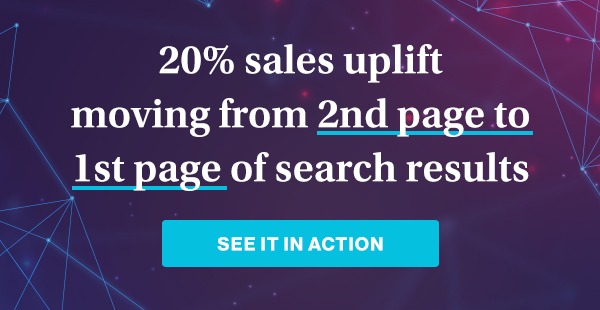Don’t let blindspots eat away your precious margins!
If 2023 has taught us anything, it is that pivoting your strategies by leveraging technology is your best bet to thrive in this new, digitally-driven retail economy. Many retailers and brands perished in the disruptive months of mass layoffs, inflation, and recessionary behavior, but those that succeeded were the ones who were able to adapt to the rapid shifts in market trends by optimizing their eCommerce strategy and harnessing data-driven insights to reel in the shoppers. With advanced pricing engine software and digital shelf analytics, retailers are pushing the boundaries of retail innovation and success. Today, pricing plays a key role in converting shoppers into buyers as hyper-sensitivity towards prices has become a common trend amidst a failing economy and job losses.
Pricing played a key role in converting shoppers into buyers as amidst a failing economy and job losses, hyper-sensitivity towards prices was a common trend.
If not always, pricing may now be one of the most crucial metrics for the industry going by the Amazon wave and price wars online. Did you know that Amazon’s pricing engine enables it to review prices of thousands of its products every 2 minutes? A dynamic competitive landscape demands a dynamic pricing engine that can be automated, flexible, adaptive, and intuitive.
A retailer’s pricing decision is influenced by one or more of the following factors: competitors’ pricing, consumer behavior, inventory thresholds, sell-through goals, cost-based margins, and seasonality. A pricing engine that does not combine all of the above to allow retailers to formulate the optimal price is most likely damaging sales conversion and margins. Especially if the pricing engine is not equipped to update its pricing data in near real-time .
Crafting the Perfect Pricing Strategy
A retailer’s pricing decision is influenced by one or more of the following factors: competitors’ pricing, consumer behavior, inventory thresholds, sell-through goals, cost-based margins, and seasonality. A pricing engine that does not combine all of the above to allow retailers to formulate the optimal price is most likely damaging sales conversions, and consequently impacting profitability. This effect is profoundly amplified if the pricing engine is not equipped to update its pricing data in real-time.
When selecting an eCommerce pricing engine software, work out your goals, internal benchmarking requirements, and ROI expectations and ask the following questions:
- How often/fast can the pricing engine software update/review prices?
- What parameters does the pricing engine take into account before suggesting price recommendations and can it accommodate your specific needs?
- How accurate are the pricing and product matching insights offered by the engine?
- Can pricing engine software give you access to the competitor historic data?
- Is the automated pricing engine easy to integrate and operate?
- How intuitive and self-learning is the pricing engine?
- Does it offer customizations as per your needs?
- Does pricing engine software come in a plug-n-play API format?
- Is it just limited to pricing or can it also give you insights on assortments, inventory and product visibility as well?
- What is the return on investment for the pricing engine?
Retail pricing solutions and pricing engines operating with limited rule-based scenarios are more damaging to your eCommerce business than even antiquated static pricing. With great strides in machine learning, algorithms that automatically identify patterns from market data and predict optimal prices are a make or break tool for retail success. These patterns are derived from real-time datasets that range from competitors’ pricing and inventory, purchase histories, product preferences to product demand, and anything closely related to pricing. In today’s market, these parameters are constantly in flux, which is where Intelligence Node’s proprietary technology and a team of advanced analytics professionals and data scientists come in- enabling retailers to work with rapid refresh rates, and consistently accurate, up-to-date data year-round.
Conceived from a need to streamline pricing strategies across vast eCommerce catalogs in real-time, 360° Automated Pricing™ Engine plugs in holistic insights from key drivers like price elasticity, purchase history, inventory levels, and seasonality. Users can switch between strategies that take into account the pricing movements of multiple competitors as well as their internal data with modes such as liquidation and sales velocity with the help of these pricing engines. This allows retailers to formulate a truly optimal, ‘360°’price that is most likely to maximize sales conversion and margins.
Clients already on board with 360° Automated Pricing™ Engine for six months have seen:
- Return on Investment: 10x-15x
- Profit boost: 8-20%
- Margin gains: 10-50%
It’s time retail businesses open up to pricing methods that break free of the endless loop of lowering prices to stay ‘competitive’. The future calls for intelligent pricing derived from multiple market, consumer, and competitor insights. It’s time to harness AI driven analytics, intelligent algorithms, and competitive benchmarking and save yourself from getting sucked up by a deadly black hole of constant mark-downs.
Get insights on the pricing dynamics(SmartPrice) for any product with a URL or a product ID.





